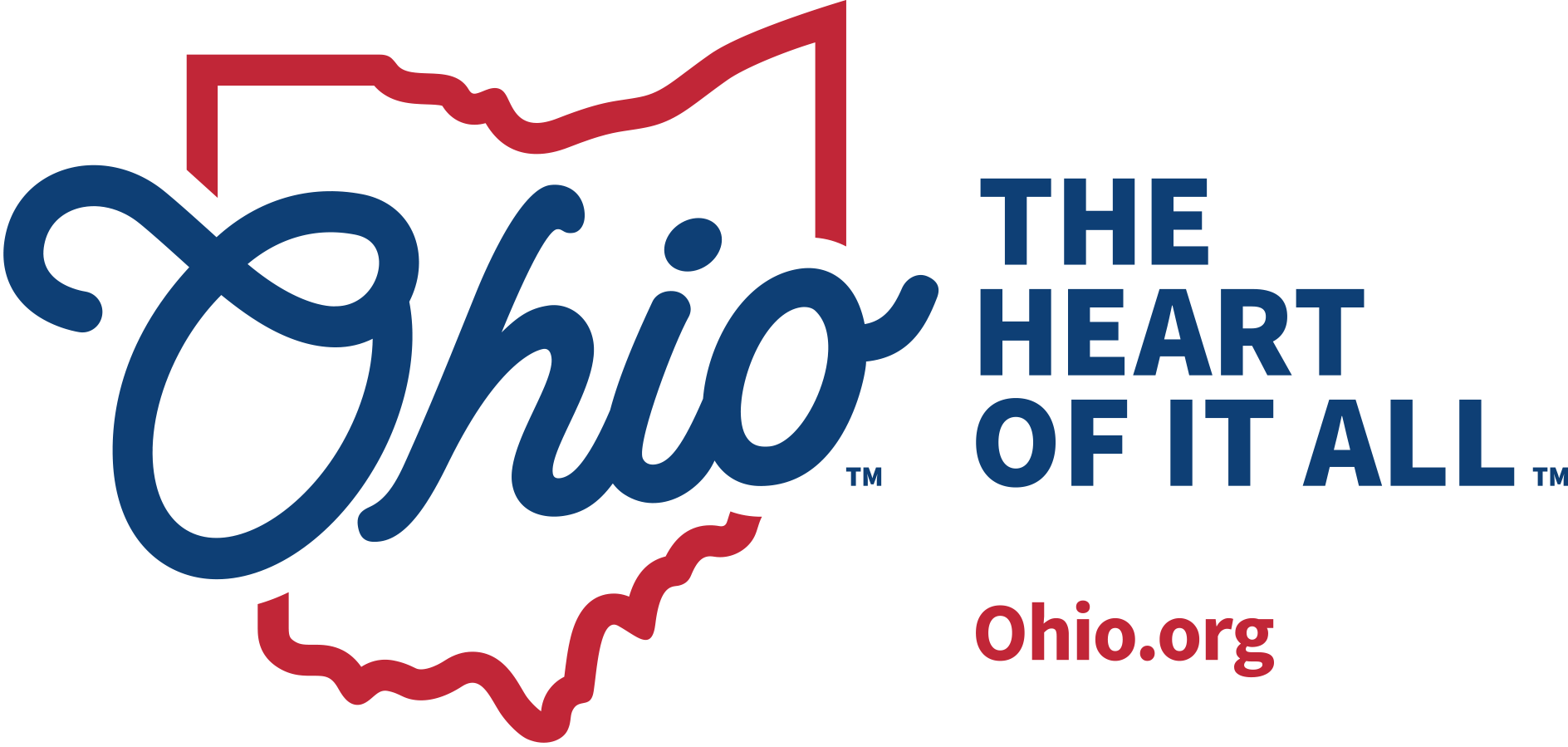Each year, thousands of warblers and songbirds flock to the northwest shores of Lake Erie to refuel before traveling over the Great Lakes, making the Toledo Region the Warbler Capital of the World!
By Kendahl Plank
Posted On May 15, 2024
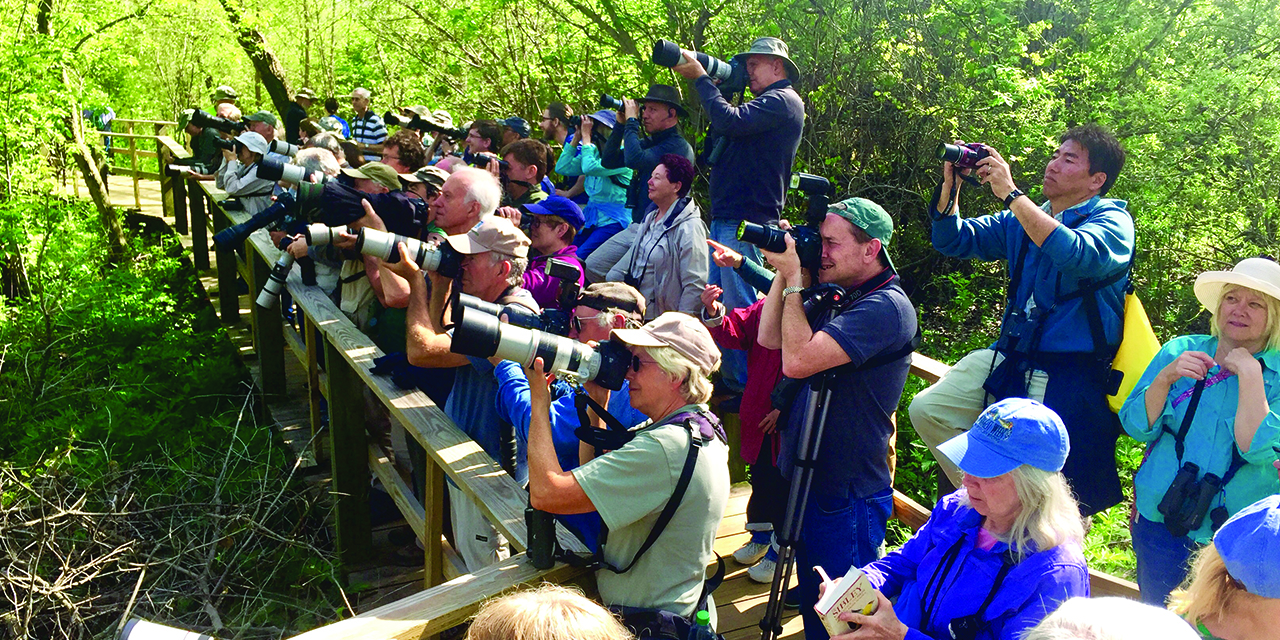
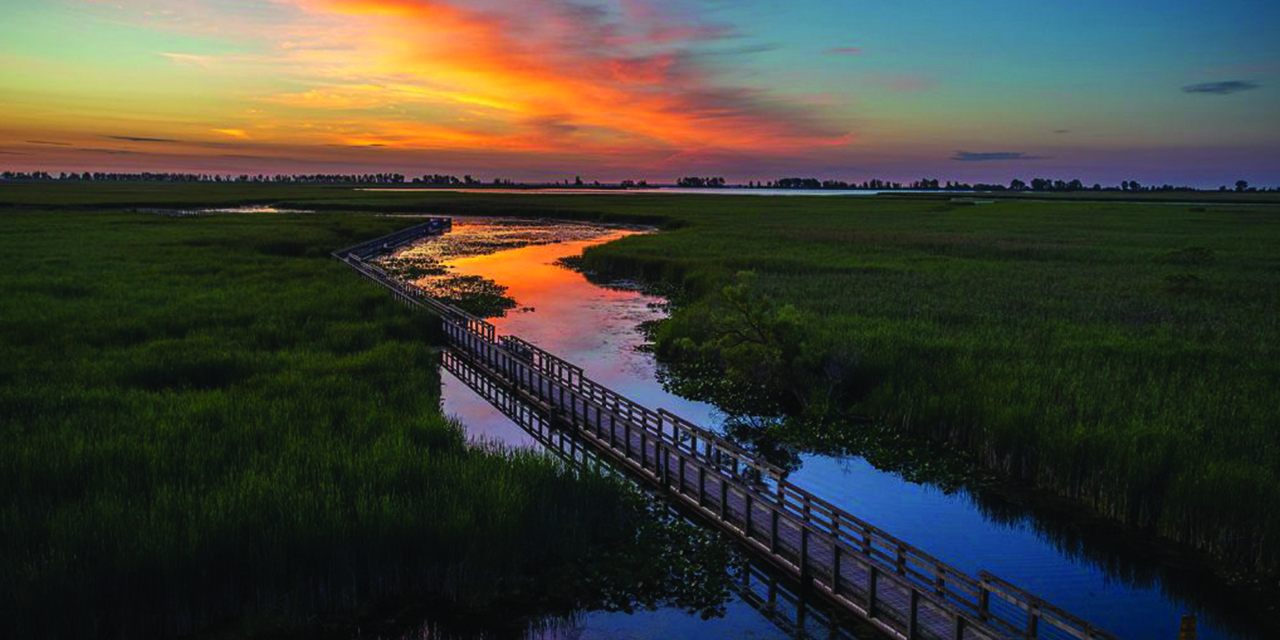
Welcome, fellow bird enthusiasts, to the vibrant world of birding in Northwest Ohio, the western basin of Lake Erie, and Canada! Nestled in the heart of the Great Lakes region, this area is known as a haven for birdwatchers, boasting diverse habitats and a rich array of bird species throughout the year, but especially during spring and fall migration.
From the serene shores of Lake Erie to the verdant marshlands and local wooded areas, this region offers unparalleled opportunities for birding aficionados and beginners alike to observe and connect with nature's winged wonders.
Here in Toledo, we know birding is more than just a hobby, the passion of birders from around the world is felt as more than 90,000 birders convene in this area for the Biggest Week in American Birding each year. it's a passion that connects us with the natural world, fostering a deep appreciation for biodiversity and conservation.
So, whether you're seeking the thrill of spotting a rare migratory warbler, or simply eager to immerse yourself in the beauty of the avian realm you can learn more about all the places to see our winged friends by checking out this list of birding hotspots in our region to plan your visit!
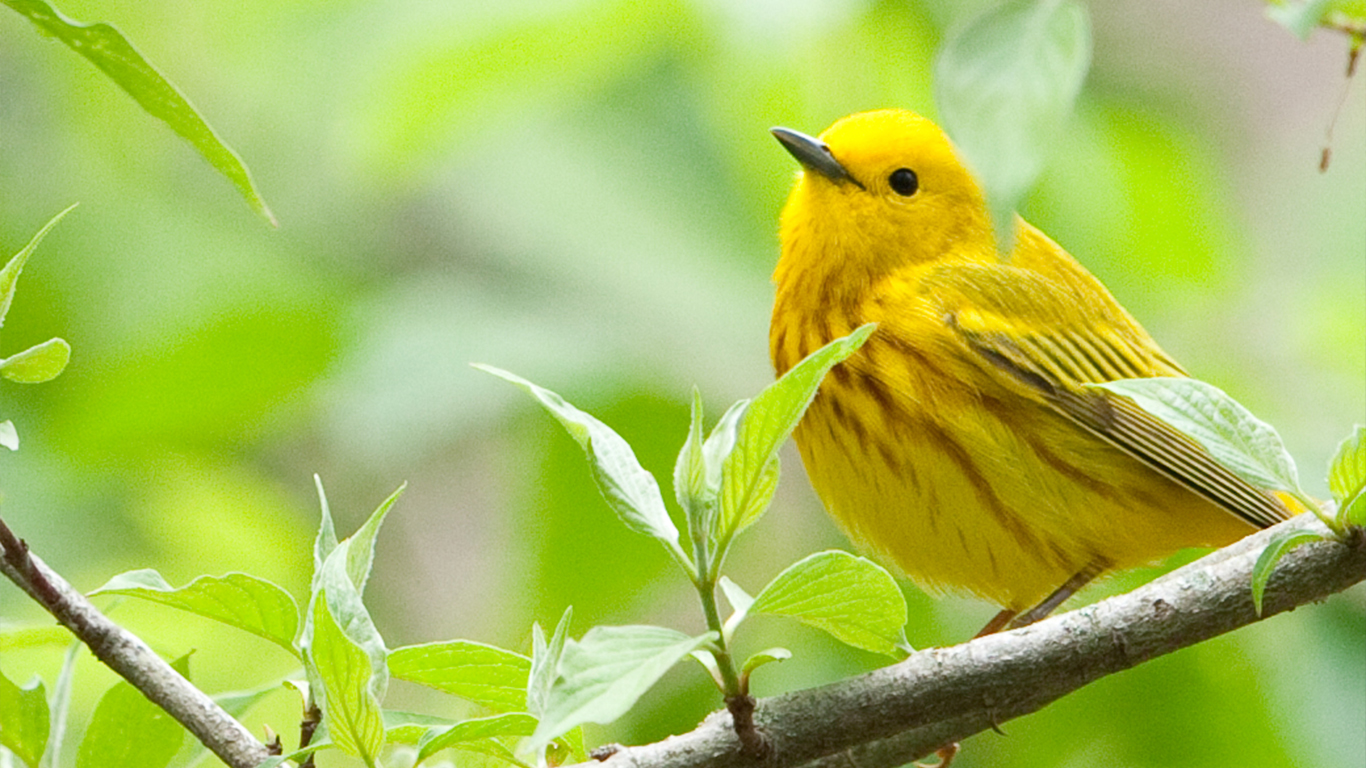
Photo by: ODNR
Great Birding at Metroparks Toledo
Metroparks Toledo has an abundance of birding hot spots of their own. According to Scott Carpenter, Public Relations Director for the Metroparks, Oak Openings and Pearson Metroparks offer the best examples of the spring migration in the Toledo area. “Oak Openings is one of the best spots for viewing the spring migration”, says Carpenter. “The habitat is truly unique and there is really nothing else like it in our area.” Pearson is also a favorite stopover for the wide variety of migrating birds with its thick woods and location close to Lake Erie. Carpenter adds, “Howard Marsh, our newest park, near Lake Erie, is a magnet for shorebirds and waterfowl.”
Additional featured Metroparks for birding include: Wildwood Preserve, Secor Metropark, Swan Creek, Side Cut, Providence, Farnsworth, Bend View, Toledo Botanical Garden, Wiregrass Lake and Blue Creek.
Up for some more exploring to discover that elusive warbler plus eagles and tons of waterfowl? Check out the complete list of Birding Hot Spots in Toledo, Northwest Ohio and beyond. Showcase your Northwest Ohio birding experience by sharing your sightings and photos with us @ToledoCVB and use #ThisIsToledo on Facebook, Instagram and Twitter.
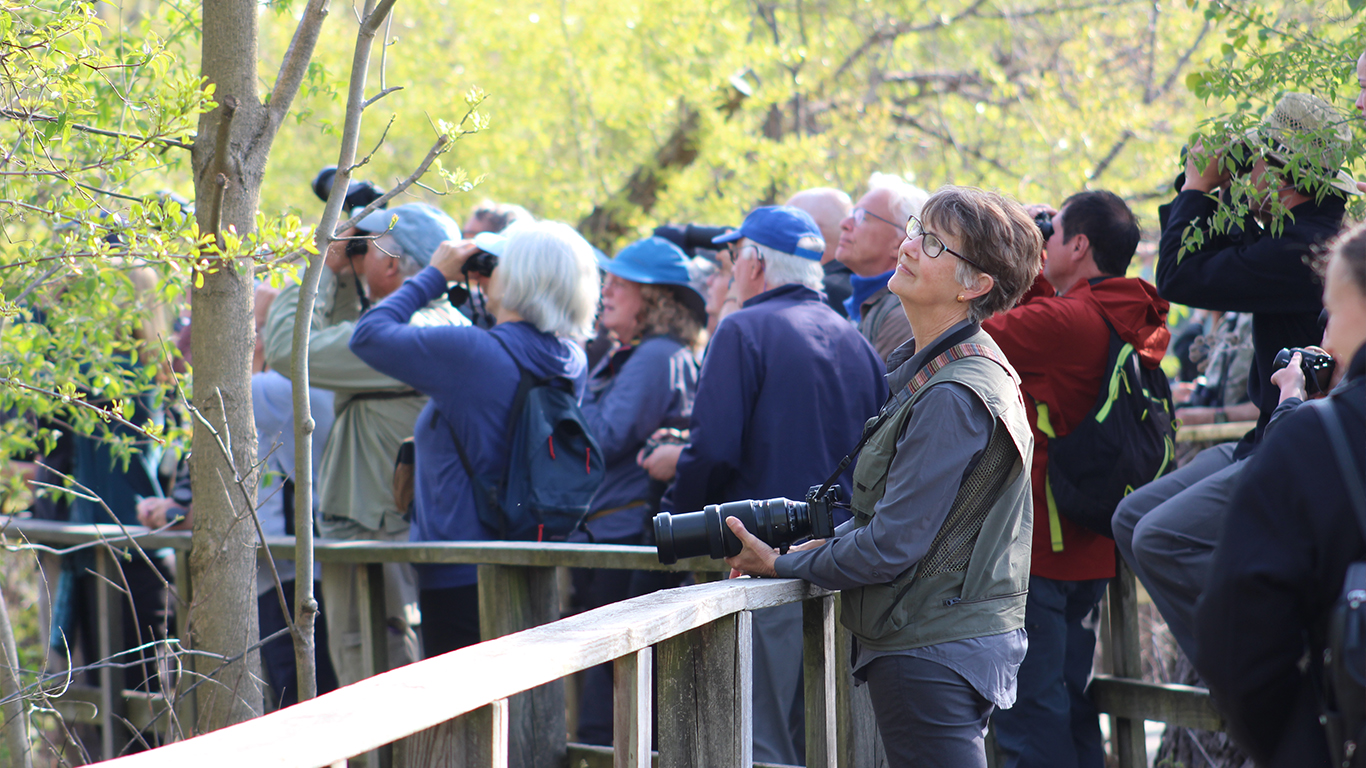
Biggest Week in American Birding
Birders come from around the world to attend, and last year saw more than 90,000 visitors. Opening ceremonies begin on Friday, May 3 at the Maumee Bay Lodge & Conference Center. This event is open to the public and will feature food, music, vendors and guest speakers.
The festival offers bird identification workshops, guided birding trips, birding by canoe, birding walks at Magee Marsh, American Woodcock field trips, a birder’s marketplace and keynote presentations. Social events will be held in the evenings. Keynote speakers will include: Christian Cooper, Tammah Watts, Kevin Karlson, Peter Kaestner, Kenn Kaufman, Amy Tan, Jerry Berrier, and Jennifer Ackerman.
The Biggest Week is organized by Black Swamp Bird Observatory with support from Maumee Bay Lodge & Conference Center, Lake Erie Shores and Islands, and Destination Toledo. The Black Swamp Bird Observatory headquarters is located near the entrance to Magee Marsh. Magee Marsh is located on State Rt. 2 nine miles north of Oak Harbor, Ohio. The observatory will provide free birding maps and more information on the festival activities. To receive festival information, visit biggestweekinamericanbirding.com.
What Makes Northwest Ohio the Birding Mecca?
According to the Black Swamp Observatory, “It is simply the best place to witness the spring migration of songbirds anywhere in North America. Lake Erie acts as a barrier that the birds are reluctant to cross during migration.” The birds gather in marshlands on the lake’s southern edge to refuel and rest before crossing Lake Erie.
In addition, the trees are just beginning to bud and the visibility of the birds is exceptional. Birders will see more than 20 species of warblers along with thrushes, vireos, flycatchers, orioles and shorebirds.
For the Black Swamp Bird Observatory and their conservation efforts of birds and their habitats, visit www.bsbo.org.
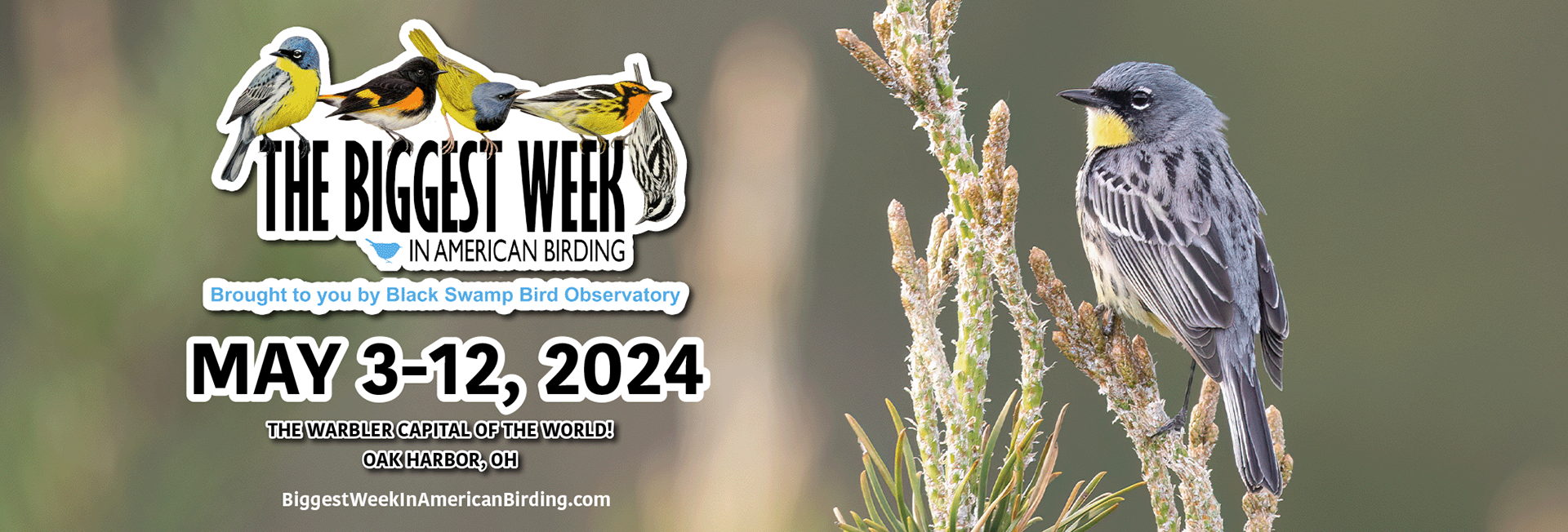

 Attractions
Attractions

